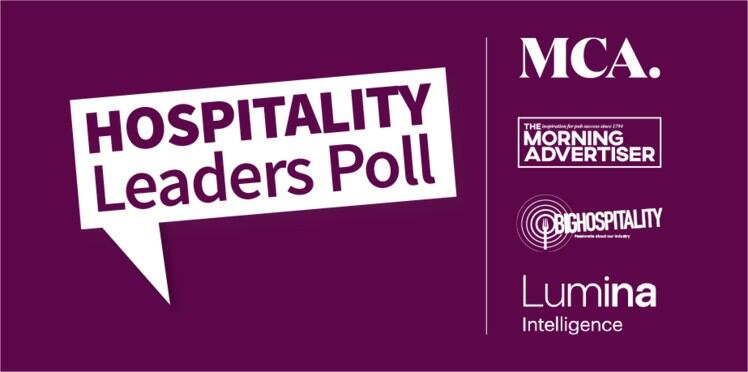Risk assessment
Risk assessment – this must be undertaken for reopening and failure to do so, could result in a breach of health and safety law and is monitored by an enforcing authority, such as the health and safety executive or the local authority.
The results of the risk assessment must be shared with the workforce and if possible, on a business’ website and it would be expected all employers with more than 50 workers to do so.
A notification should be displayed in a prominent place in the pub and on the website.
Staff and customer safety
Social distancing at two-metres or one-metre with risk mitigation where two-metres is not viable.
Risk mitigation includes increasing the frequency of hand washing and surface cleaning; keeping non-socially distanced activity time as short as possible; using screens or barriers to separate workers both from each other and customers; using back-to-back or side-to-side working – rather than face-to-face – whenever possible; and reducing the number of people each person has contact with by using fixed teams.
Encouraging customers to use hand sanitiser or handwashing facilities as they enter the venue.
Minimising customer self-service of food, cutlery and condiments. Operators should minimise customer self service of food, cutlery and condiments to help reduce the risk of transmission. Cutlery and condiments could be provided only when food is served and providing just disposable condiments or cleaning non-disposable containers after each use is advised.
The guidelines suggest asking customer to remain at the table where possible or asking them not to lean on counters when collecting takeaways to help reduce the number of surfaces touched by staff and guests.
Reducing the number of surfaces touched by staff and customers. Government guidance states that hospitality workers must maintain social distancing – which it defines as two-metres, or one-metre with risk mitigation where one-metre is not viable – wherever possible.
Where social distancing cannot be maintained in full or in relation to a particular activity, pub and bar operators should consider whether or not said activity needs to continue for the business to operate.
Looking at how people move through the venue and how this could be adjusted to reduce congregation and contact between customers such as queue management or one-way flow, where possible.
Monitoring customers
Staff directing customers and protecting them from traffic by routing them behind physical structures could be something to take note of.
Pubs should also look at reconfiguring furniture to maintain distancing guidelines, working with neighbouring businesses and local authorities, safe queuing spaces and clear signage on hygiene.
The number of customers at the pub should be managed, as well as the entry of guests, so all indoor customers are seating with appropriate distancing and those outside have appropriately spaced seating or standing room.
Payment options
Encouraging contactless payments where possible and adjusting the location of card readers to social distancing guidelines.
Encouraging use of contactless ordering from tables where available. Ordering through an app should be encouraged but if this is not possible, service needs to be adjusted to minimise staff contact with customers.
Service
Indoor table service must be used where possible, alongside further measures such as assigning a single staff member per table.
Outdoor table service should also be encouraged although customers are permitted to stand outside if distanced appropriately.
Ensuring all outdoor areas with particular regard to covered areas have sufficient ventilation.
Where bar or counter service is unavoidable, customers should be prevented from remaining at the bar or counter after ordering.
Adjusting processes to prevent customers from congregating at points of service.
Toilets
Using signs and posters to build awareness of good handwashing technique.
Signs and posters to build awareness of good handwashing technique and hygiene rules should be displayed.
Safety precautions such as signage should be considered as well as social distance markings where queues usually form, alongside a limited-entry approach.
Running water, liquid soap and suitable options for drying (either paper towels or hand driers) are available.
Toilets should be cleaned using normal products and use of disposable cloths or paper rolls to clean all hard surfaces.
A visible cleaning schedule should be kept up to date and visible alongside special care taken for cleaning of portable toilets and larger toilet blocks.
Contact details
Assisting NHS Test and Trace by taking contact details of one member of every party who visit the pub (this has ben mandatory from 18 September) and keeping these details for 21 days.
For more information on the full guidance from the Government, please see here.




